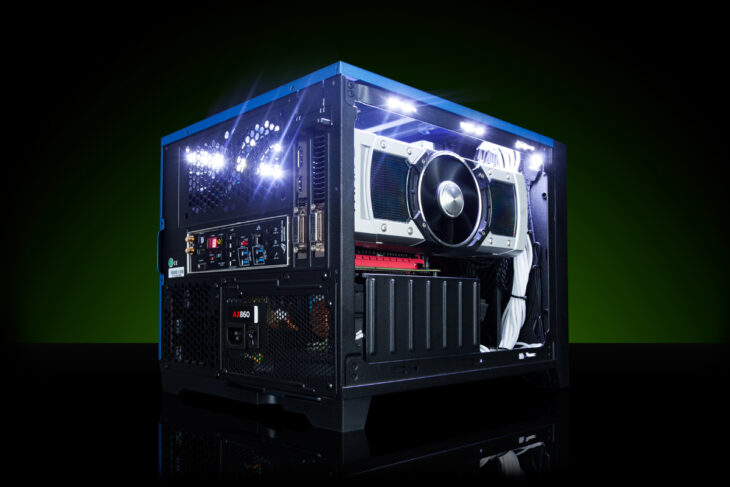Podcast: Play in new window | Embed
Christ brought us back in the history of IFA:
Since the introduction of the color TV standards, insiders in the broadcast industry and manufacturers saw a need to enhance the picture quality drastically. In 1982, Japan made the first approach with a high resolution technology, and in 1989 competing groups in the US were developing enhancements to the existing analog technologies towards high resolution. In Europe, a project named “EUREKA 95” was started to develop a European concept, discussed at IFA.
William in Danville, Kentucky asked about filtering adult content on a router:
William asked: “I was wondering if there was a way to configure an AT&T U-Verse router in order to filter adult content or put parental controls on it.”
Some AT&T U-Verse routers do offer parental controls, others don’t, but AT&T offers free parental controls at the account level too, bypassing the need to set anything up on the router at all.
If you go with those, you should be able to create profiles for the different users in your family, allowing you to set limits for the amount of time they can be online, what service they shouldn’t be allowed to use, you can get alerts if anyone tries to make changes to the account, and you can keep a log of each user’s activities.
You could also force your connection to go through a DNS server that blocks access to whatever it is that you don’t want your children exposed to. OpenDNS offers services like that, and after you set up your restrictions online all you’d have left to do is configure your router to use their DNS server to find websites. Having said that, you should keep in mind that it is basically an arms race, and out of the warring sides, you’re the one with the least amount of technical knowledge, so don’t expect miracles, there’s a good chance that a properly motivated kid will run laps around your attempts at censorship.
Also, if they have access to any device that has it’s own connection, you’d have to block access on those devices as well.
Prom in Nashville, Tennessee wants a small PC for some heavy lifting:
Prom asked: “What is the best mini pc for video rendering?”
Mini PC usually means small and low powered, and there’s nothing about low powered that screams “video rendering” to us. The video editing and rendering workstation here at the Advanced Media studios is our fastest and most powerful computer.
The same is true virtually everywhere else you’ll ask. There really isn’t anything more taxing to a computer than video rendering. You’ll want a big, fast hard drive, lots of RAM, and a fast processor.
Now, if this is a question where price is no object and you just want a small form factor, then you could look at an optioned-up Mac Mini. With a Core i7 CPU, 16GB of RAM, and a 2TB Fusion drive (that’s an SSD and hard drive combination device), the Mac Mini retails for $1499. You’ll need a screen to go with that, of course.
If Windows is your only choice for an operating system, you could look at the Maingear TORQ, which is a fully water cooled small form factor PC designed for gaming. With a Core i7, 16GB of RAM, and two 1TB hard drives, you’d option out at almost $2900. And you’d still need a screen.
Of course, you’d have an extremely fast video card, which you would not have with the Mac Mini, and that might make the editing portion of your video production a bit more pleasant.


